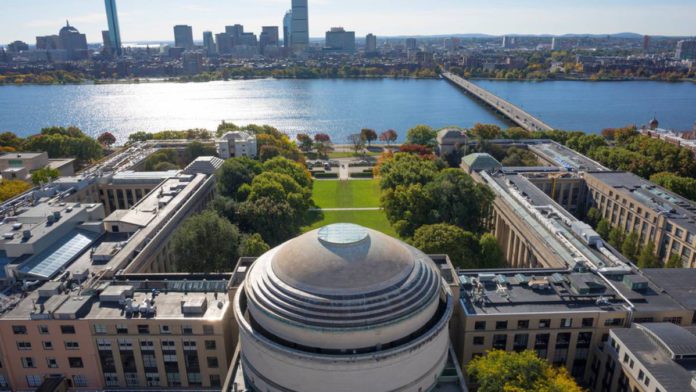MIT Researchers have developed a new architecture for quantum computing that allows high-fidelity communication across superconducting quantum computers. While quantum computers can conveniently emulate systems, optimize more complex tasks and simulate quantum chemistry, building a large-scale quantum computer is challenging.
Traditional quantum computing architectures comprise various components that perform different functions. Electronic information is passed among these components, encoded and stored as bits, via interconnects (wires that facilitate electron movements in a quantum computer).
To make quantum computing more feasible, MIT researchers have published their work in Nature Physics, demonstrating the beginning step where single photons (information carriers for quantum computers) are deterministically emitted towards a pre-specified direction. The newly devised quantum computing architecture ensures that information flows are correctly directed 96 percent of the time.
Read More: Muse: A Text-To-Image Generation Model By Google AI
Bharath Kannan, a co-author of the research paper, said, “This ‘directional transmission’ is what we demonstrated, and it is the first step toward bidirectional communication with much higher fidelities.” He added that the new quantum computing architecture might be a more straightforward method of scaling the same to larger systems rather than approaching with a single oversized chip.
This quantum computing architecture can be both a transmitter and a receiver, with multiple modules and just one physical connection. The researchers will now intend to connect many modules and use the procedure to emit and absorb photons now that they have successfully emitted photons in a particular direction. It would be a significant development for modular architectures combining small-scale processors for large-scale applications.


